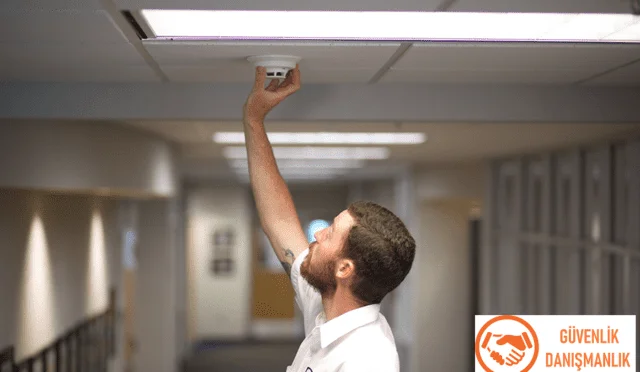What is the ROI ?
ROI (Region of Interest) technology in security cameras enables the camera to monitor a specific area more intensively than other areas. With this technology, the camera can focus on a particular region and capture movements in that area more clearly. This way, the camera’s image quality improves and resource consumption and storage costs caused by monitoring unnecessary areas are reduced.
For example, let’s consider a security camera monitoring a parking lot. Using ROI technology, the camera can focus on a specific area at the entrance of the parking lot and capture passing vehicles more clearly. This way, license plates of the vehicles can be seen more clearly, and if any crime is committed, the plate can be recorded and used later.
ROI technology is widely used in both security and surveillance camera systems.
For instance, let’s consider a shopping mall security camera system. Using this system, a specific area of the mall, such as cash registers or exit doors, can be monitored with ROI technology. These areas are the most frequently used areas by customers for shopping and therefore are important from a security perspective. Using ROI technology, the movements in these areas can be monitored more clearly and necessary actions can be taken if needed.

Another example can be a traffic camera. This camera can use ROI technology to only monitor intersections or signalized intersections. This way, the traffic flow can be monitored more efficiently and any negative situations can be addressed quickly. Before using ROI technology, the traffic camera would monitor the entire road and track unnecessary traffic movements, which would increase resource consumption.
Lastly, let’s consider a security camera in a warehouse. This camera can use ROI technology to monitor important areas in the warehouse, such as areas where high-value items are stored. Movements in these areas can be monitored more clearly and any theft or damage can be addressed quickly. This way, security is improved and resources are used more effectively.
How much does ROI technology save on NVR disk space?
The ROI technology provides significant savings on NVR (Network Video Recorder) disks. NVR disks are video recording devices used in security camera systems and are the places where all the images recorded by cameras are stored.
By using ROI technology, the camera only watches a specific area, preventing unnecessary images from being recorded. This significantly reduces the amount of data stored on NVR disks. For example, if a security camera is constantly monitoring the entire area for 24 hours, the amount of data stored on the disk will be quite high. However, if the camera only watches a specific area using ROI technology, the amount of data stored on the disk will be lower.
The amount of savings can vary depending on factors such as the number of cameras used, image quality, recording time, and other factors. However, generally, using ROI technology can save between 50% to 70% on NVR disks. This allows for more effective use of disk capacity and longer recording times. In addition, since less data is stored, watching and searching for images becomes faster and more efficient.
What are the benefits of ROI technology?
Saving bandwidth: With ROI technology, we can select the area of interest and prevent unnecessary data from being recorded. This reduces bandwidth usage and decreases network traffic.
Saving storage space: With ROI technology, we can reduce the resolution in areas outside our interest to save storage space. As a result, the amount of data stored on NVR disks is significantly reduced.
Clearer image recording: With ROI technology, we can increase the resolution of the area of interest to record images in that area more clearly. This allows us to obtain better image quality and makes it easier to interpret recorded images when necessary.
In summary, with ROI technology, we can save bandwidth and storage space while recording clearer and more meaningful images. This allows security camera systems to operate more efficiently and derive greater benefit from the recorded images.






